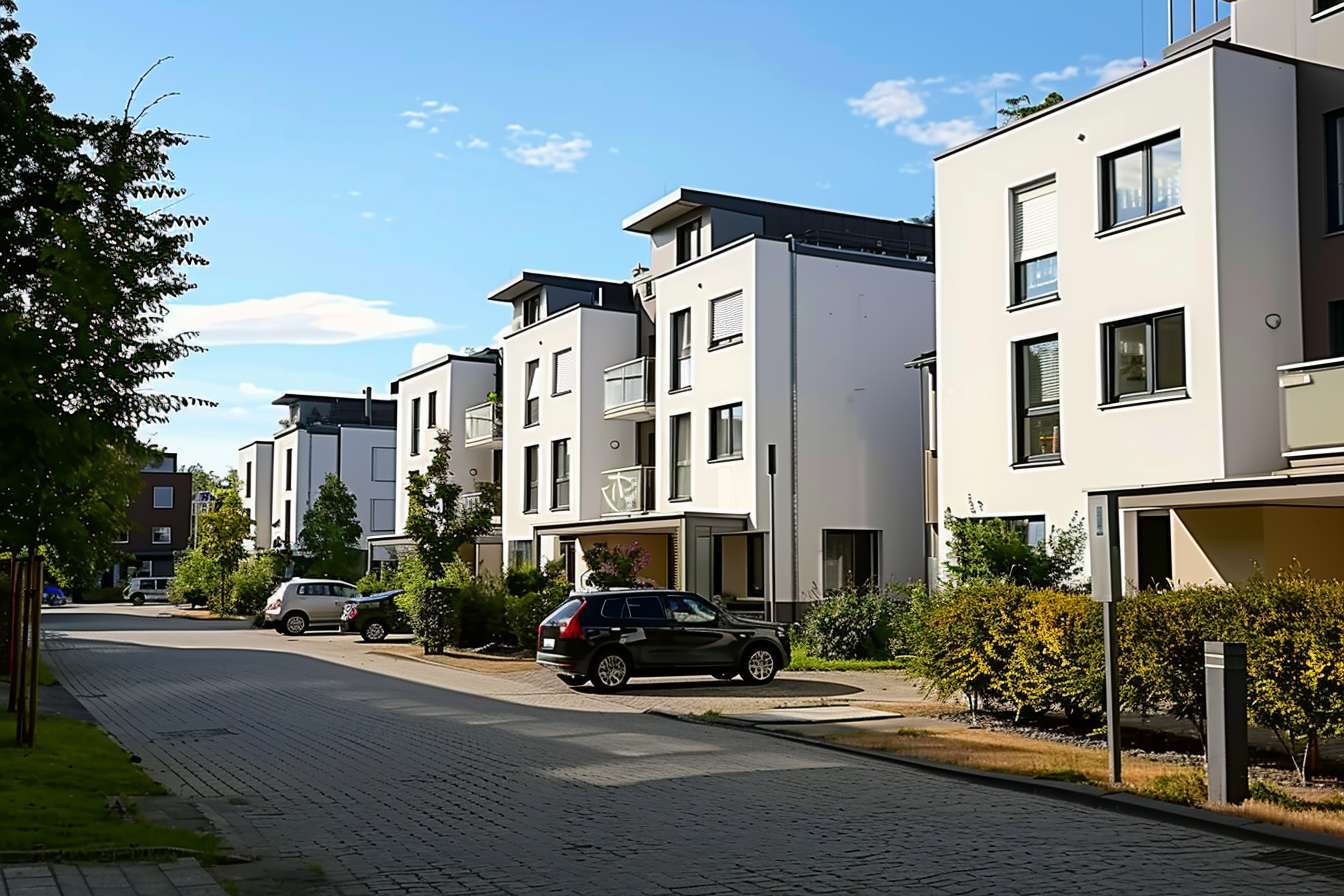Micro-Neighborhoods: The Next Frontier in Real Estate Investment
Introduction: In the ever-evolving landscape of real estate, a new trend is emerging that's capturing the attention of savvy investors and homebuyers alike: micro-neighborhoods. These hyper-local pockets within larger urban areas are redefining community living and presenting unique investment opportunities. With their distinct character and targeted amenities, micro-neighborhoods are reshaping the way we think about property value and urban development.

The concept of micro-neighborhoods isn’t entirely new, but it has gained significant traction in recent years as urban dwellers seek more personalized living experiences. These areas cater to specific lifestyles, interests, or demographics, offering everything from artist enclaves to tech hubs to family-friendly oases within bustling city centers.
Identifying Micro-Neighborhood Potential
For real estate investors and homebuyers, recognizing the potential of an emerging micro-neighborhood can lead to significant returns. Key indicators to watch for include:
-
Clustering of specialized businesses or amenities
-
Distinctive architectural styles or streetscapes
-
Community-driven initiatives and events
-
Targeted infrastructure improvements
-
Increasing presence of a specific demographic group
These factors often signal the early stages of micro-neighborhood development, presenting opportunities for those who can spot the trends before property values surge.
The Economic Impact of Micro-Neighborhoods
Micro-neighborhoods can have a profound effect on local real estate markets. As these areas develop their unique character, they often experience rapid appreciation in property values. This phenomenon is driven by several factors:
-
Increased demand from buyers seeking curated living experiences
-
Limited housing stock within the defined micro-neighborhood boundaries
-
Spillover effects on surrounding areas as the micro-neighborhood’s appeal grows
Investors who identify and capitalize on these trends early can potentially see returns that outpace broader market averages. However, it’s crucial to conduct thorough research and understand the specific drivers of value in each micro-neighborhood.
Challenges and Considerations
While micro-neighborhoods offer exciting opportunities, they also come with unique challenges. Potential investors and residents should be aware of:
-
Overreliance on niche appeal, which could limit long-term growth
-
Risk of rapid gentrification and displacement of existing communities
-
Potential for market saturation as similar concepts proliferate
-
Dependence on key amenities or employers that could relocate
Careful analysis of these factors is essential for making informed investment decisions in the micro-neighborhood market.
Micro-Neighborhoods and Urban Planning
The rise of micro-neighborhoods is influencing urban planning strategies across the globe. City planners and developers are increasingly looking to create these targeted communities as a way to revitalize urban areas and attract specific demographic groups.
This trend has implications for zoning laws, public transportation planning, and infrastructure development. As cities embrace the micro-neighborhood concept, we may see more flexibility in zoning regulations to allow for mixed-use developments and specialized community spaces.
Investment Strategies for Micro-Neighborhoods
For those looking to capitalize on the micro-neighborhood trend, several investment strategies can be considered:
-
Early-stage property acquisition in areas showing signs of micro-neighborhood potential
-
Development of specialized properties tailored to the micro-neighborhood’s theme
-
Investment in local businesses that align with the area’s character
-
Participation in community development initiatives to shape the neighborhood’s direction
Each of these strategies requires a deep understanding of the local market and a willingness to engage with the community on a personal level.
The Future of Micro-Neighborhoods
As urban populations continue to grow and diversify, the demand for specialized living environments is likely to increase. Micro-neighborhoods may evolve to include:
-
Technology-integrated communities catering to remote workers
-
Wellness-focused enclaves with shared health amenities
-
Sustainable micro-neighborhoods emphasizing green living
-
Age-specific communities designed for active seniors or young professionals
The key to success in this evolving landscape will be adaptability and a keen understanding of shifting demographic trends and consumer preferences.
Conclusion
Micro-neighborhoods represent a fascinating intersection of real estate investment, urban planning, and community development. For investors willing to dive deep into local markets and anticipate emerging trends, these hyper-local communities offer unique opportunities for growth and returns.
As the real estate market continues to evolve, micro-neighborhoods may well become a defining feature of urban landscapes worldwide. By understanding the dynamics driving their development and success, savvy investors can position themselves at the forefront of this exciting trend in property investment and community building.





